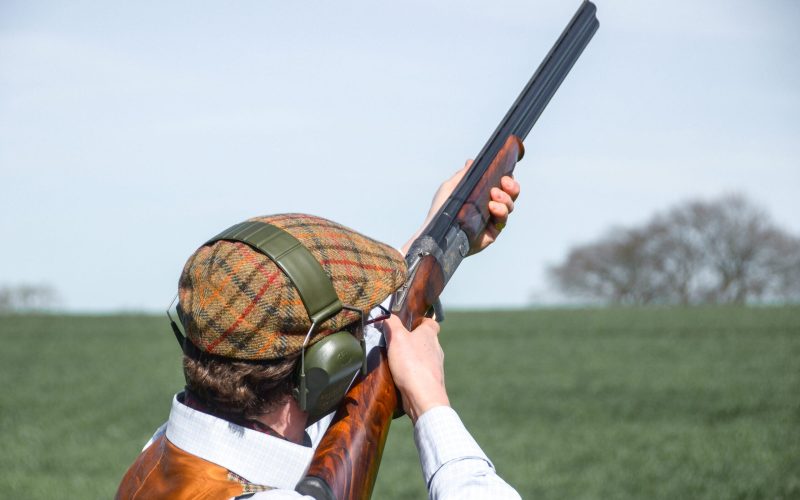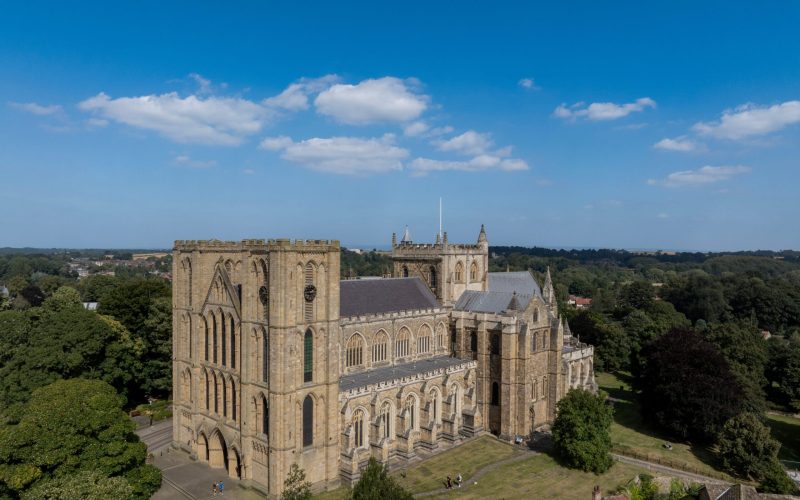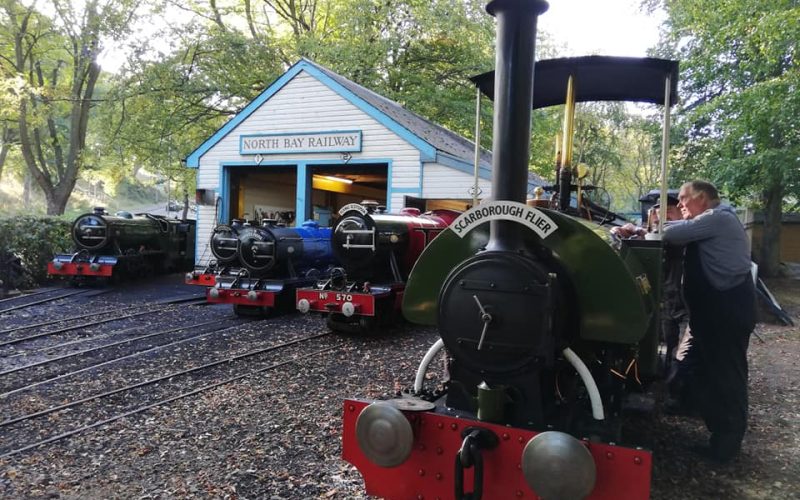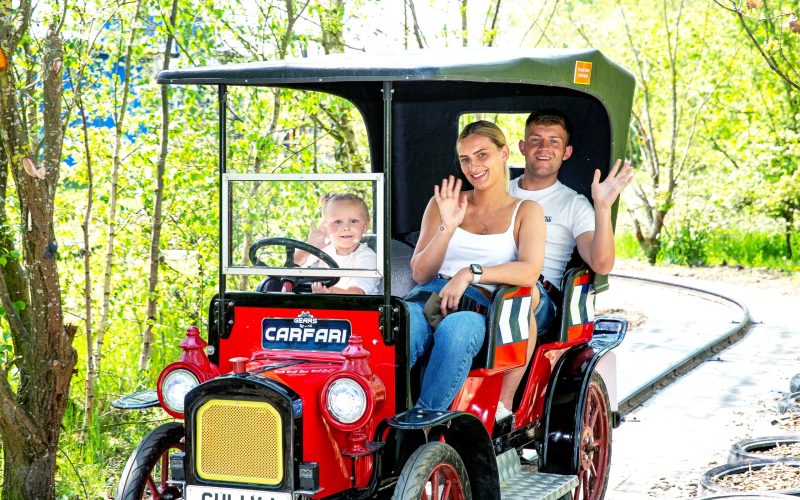Top Nature & Wildlife Experiences in the North York Moors
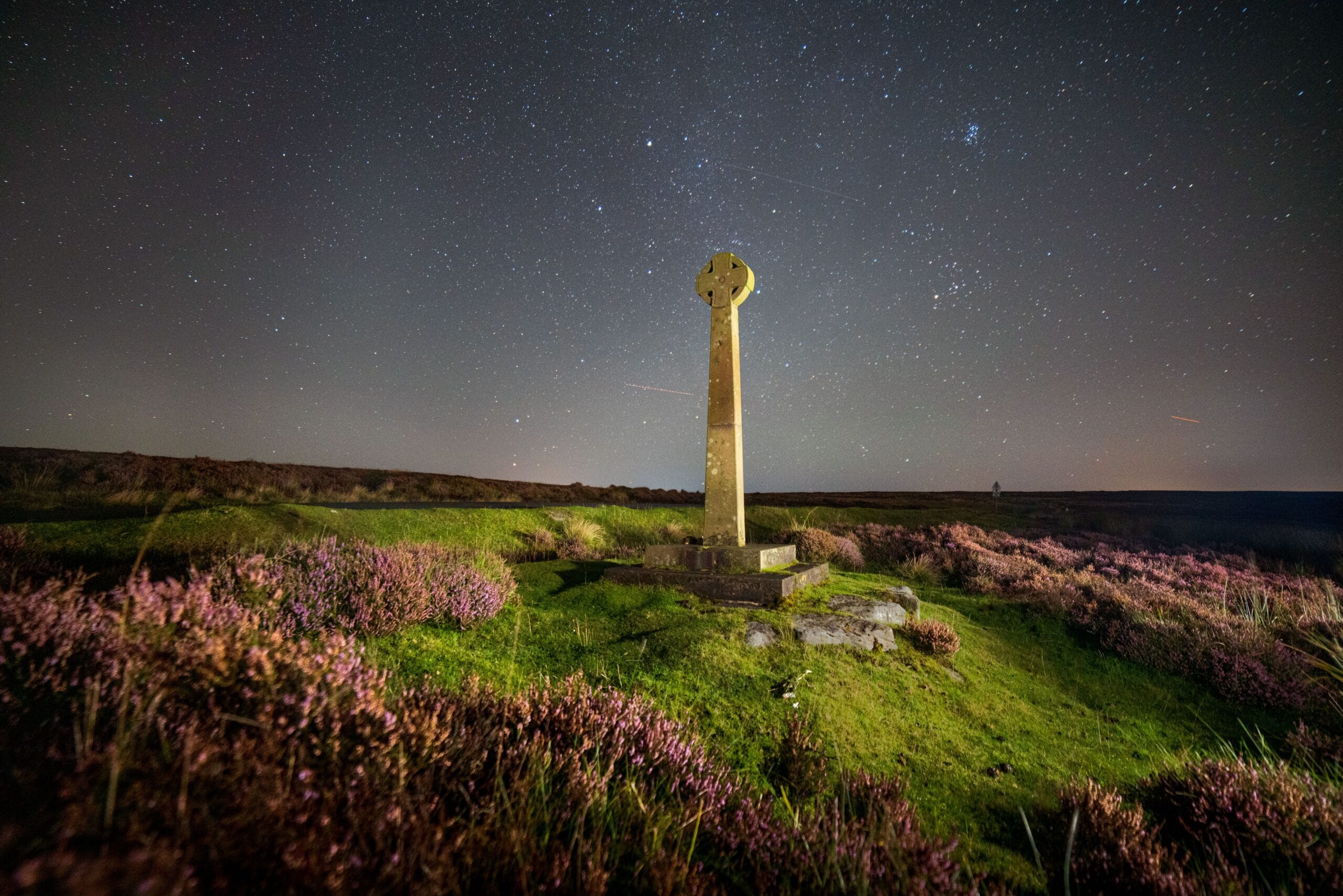
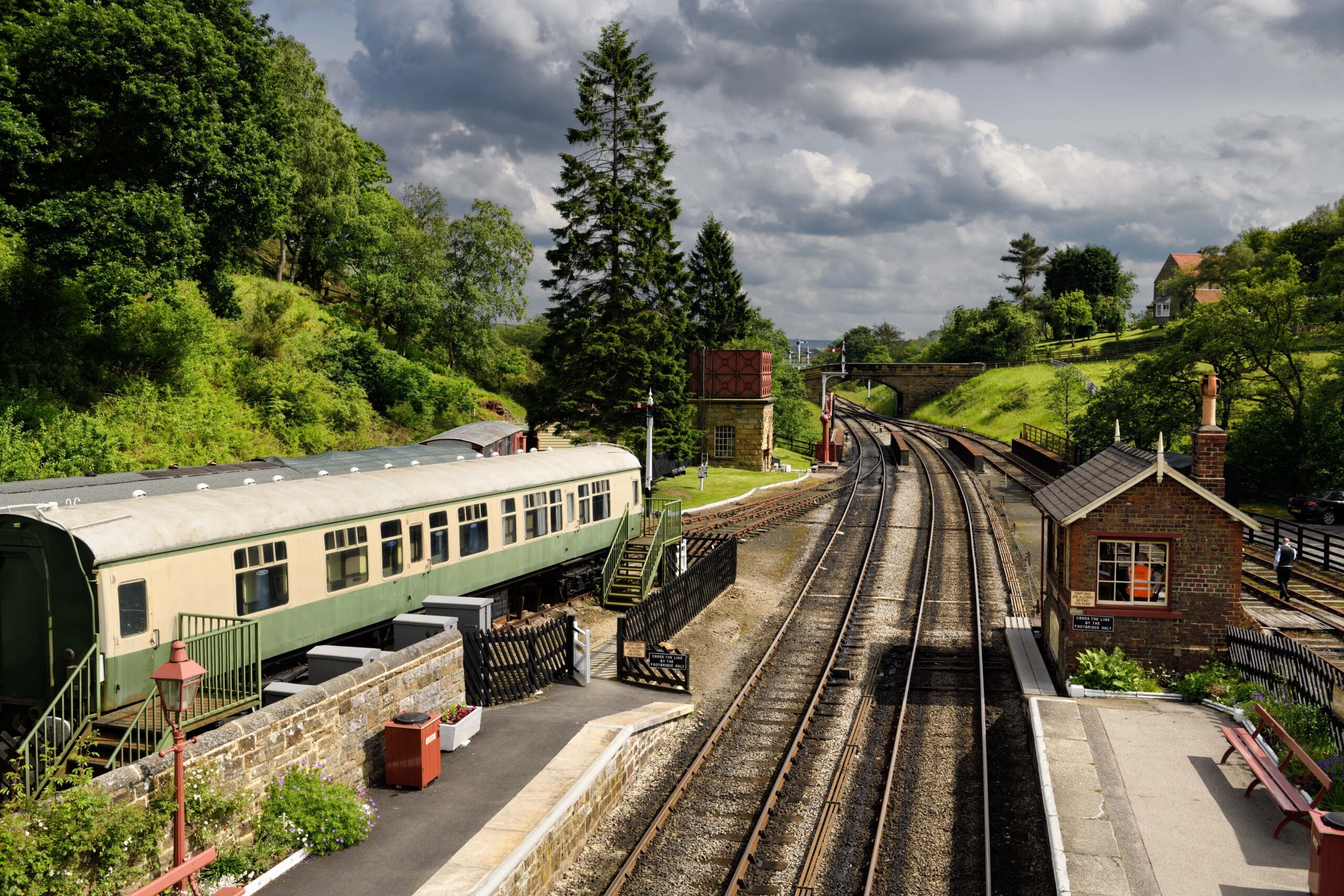

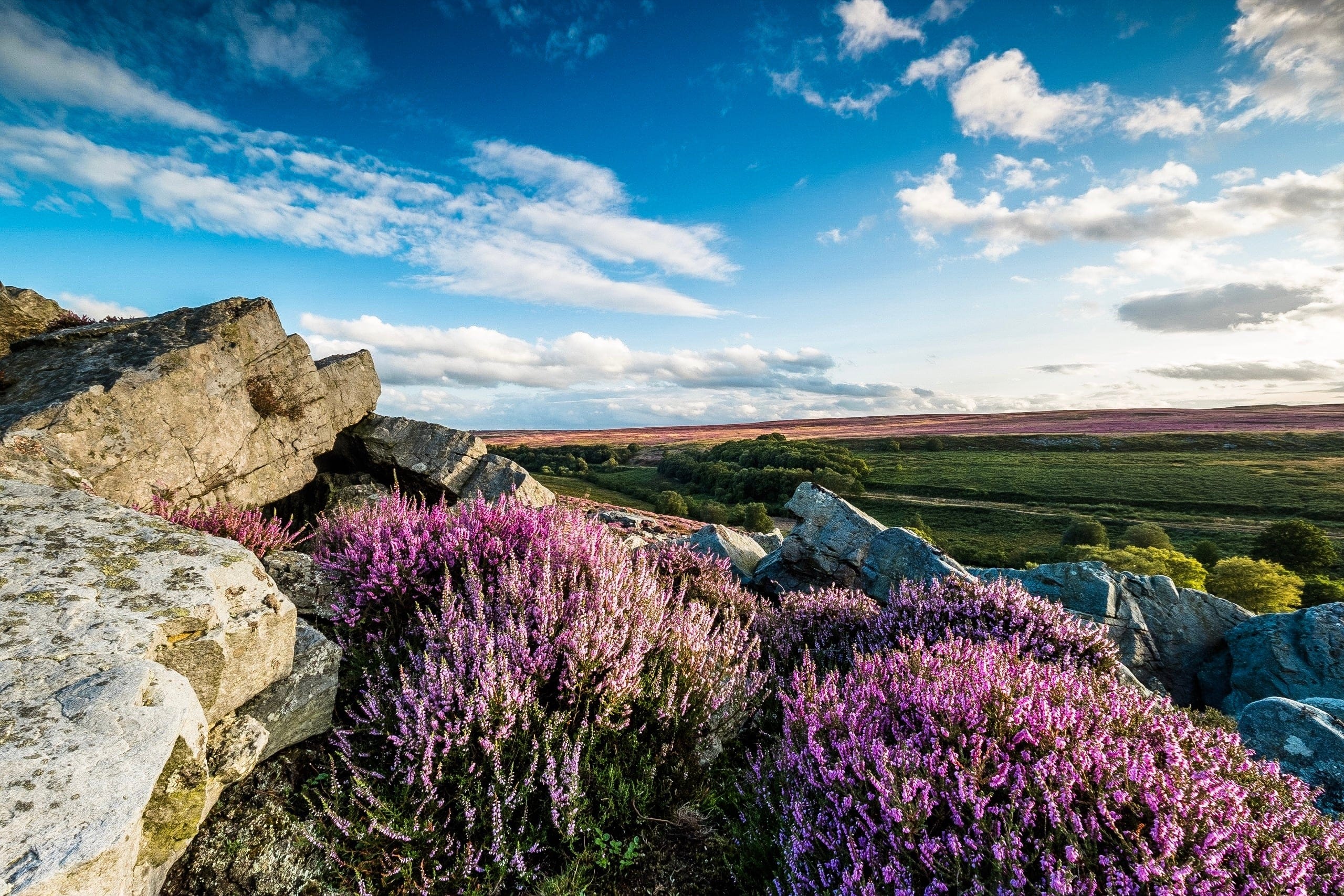
The North York Moors National Park is a haven for nature lovers. With expansive heather moorland, ancient woodlands, hidden valleys, rivers, and peaceful reserves, it’s perfect for wildlife spotting, tranquil walks, and family adventures in England’s countryside. From intimate nature reserves to iconic hills and National Trust estates, there’s something for every visitor.
1. Nature Reserves & Wildlife Hotspots
Farndale Local Nature Reserve – Best known for its spectacular springtime daffodils along the River Dove, Farndale also supports roe deer, butterflies, and a variety of farmland and riverside birds. The scenic paths follow the valley through meadows and riverside woodland edges, making it a favourite for families and photographers.
Ellerburn Bank Nature Reserve – A tranquil, flower-rich grassland reserve renowned for orchids and butterflies. Bordered by woodland on two sides, it offers a colourful summer walk and a chance to spot wildlife moving between grassland and forest habitats.
Garbutt Wood Nature Reserve – An ancient woodland with a rich mix of oak, ash, birch, and holly. The reserve is home to nuthatches, woodpeckers, and seasonal fungi, making it an atmospheric destination for wildlife enthusiasts.
Littlebeck Nature Reserve – A peaceful woodland threaded by a clear stream, this reserve is ideal for birdwatching and quiet exploration. Expect oak, alder, and ash trees, alongside woodland birds such as treecreepers and marsh tits.
Fen Bog Nature Reserve – A rare and atmospheric mix of bog and heathland habitats, Fen Bog is home to sphagnum mosses, sundews, and marsh violets. In summer, the reserve comes alive with butterflies like the small pearl-bordered fritillary and birds such as curlew, whinchat, and merlin. A unique contrast to the forests and dales of the Moors.
Forge Valley Woods – One of the finest examples of mixed deciduous woodland near the North York Moors. Ancient trees line the River Derwent, and the woodland floor is carpeted with bluebells and wild garlic in spring. A haven for birdlife, with warblers, nuthatches, and woodpeckers, Forge Valley offers rich woodland experiences in every season.
2. Forests & Woodland Experiences
Dalby Forest – Known as the “Great Yorkshire Forest,” Dalby is the largest woodland in the North York Moors, covering more than 8,000 acres. Families will find waymarked trails, cycle routes, adventure play areas and Go Ape treetop challenges, while nature lovers can enjoy peaceful walks, deer sightings, and the calls of woodland birds like owls and woodpeckers. With year-round events and stunning views across the forested valley, Dalby is the perfect introduction to the area’s woodlands.
Cropton Forest – Quieter and less visited than Dalby, Cropton Forest is ideal if you’re looking for a more tranquil woodland experience. The forest’s network of walking and bridle trails winds through conifer and broadleaf trees, where you may spot nightjars, crossbills, and roe deer. Tucked away in the southern Moors, Cropton offers a real sense of escape into the woods.
Boltby Forest – Sitting on the western edge of the Moors, Boltby Forest combines deep, shaded woodland with sweeping escarpment views. Walking routes link with the famous Cleveland Way, so you can experience both the stillness of conifer groves and open panoramas across the Vale of York. A rewarding choice for hikers and riders alike.
Bilsdale Forest – At the heart of the Moors, Bilsdale Forest is a vast stretch of conifer woodland threaded with peaceful walking and cycling tracks. The forest supports a wide range of wildlife including deer, red squirrels in some areas, and seasonal fungi. It’s a great spot for anyone seeking calm, atmospheric woodland away from busier visitor hubs.
Yearsley Woods – Steeped in history and character, Yearsley Woods mixes ancient broadleaf trees with areas of managed woodland. Ponds and historic earthworks are hidden among the trees, and the quiet paths make it perfect for a leisurely wander or family picnic. It’s a woodland full of stories as well as natural beauty.
3. Moorland & Iconic Hills
Bridestones, Crosscliff & Blakey Topping (National Trust) – Dramatic moorland providing opportunities to spot red grouse, hares, and kestrels while enjoying some of the best views in the North York Moors.
Roseberry Topping (National Trust) – Iconic hill with moorland flora and fauna, including skylarks, red grouse, and summer butterflies.
Hawnby and Cold Moor – Quiet upland moorland with heather, grouse, and upland birds. A peaceful spot for walkers seeking solitude and authentic North York Moors landscapes.
Levisham Moor / Newton Dale – Remote moorland with dramatic hills, ideal for hikers and wildlife watchers. Keep an eye out for skylarks, curlews, and the colourful summer butterflies that frequent these open landscapes.
Hambleton Hills – Rolling hills with expansive moorland and panoramic views across the Moors and Vale of York. Home to upland flora, skylarks, and other birds of the open hilltops, this is a classic North York Moors vantage point.
4. Seasonal Highlights
Spring in the North York Moors – Spring brings the valley and woodland landscapes of the Moors to life. Farndale becomes a sea of golden daffodils along the River Dove, while ancient woodlands such as Garbutt Wood and Littlebeck are carpeted with bluebells and primroses. Migratory birds like swallows, warblers, and chiffchaffs return to feed and nest, and early moorland flowers begin to bloom, attracting pollinators. This is an ideal time for spring wildlife walks and photography in both river valleys and open moorland.
Summer in the North York Moors – Summer showcases the vibrant colours of the uplands and woodland valleys. Heather blooms across the moors, painting hillsides in rich purple hues, while butterflies and dragonflies dart along woodland streams and riverbanks. Moorland birds such as skylarks and red grouse are active, and deer are often visible in quieter areas. Visitors can enjoy summer hiking, family walks, and wildlife spotting against the backdrop of sunny skies and dramatic hill landscapes.
Autumn in the North York Moors – Autumn is a season of transformation and wildlife activity. Woodland and moorland paths are framed by golden, amber, and crimson foliage, while fungi appear in damp forest floors. The red and roe deer rut takes place across moorland and parkland, offering an unforgettable wildlife spectacle. Autumn also provides quieter trails and abundant opportunities for photography, birdwatching, and scenic moorland walks.
Winter in the North York Moors – Winter transforms the Moors into a serene, atmospheric landscape. Frosty mornings reveal the contours of open moorland hills, while rivers and woodlands attract wintering birds such as herons, kingfishers, and ducks. Forest trails offer peaceful, contemplative walks, and red deer are often more visible on hilltops. Crisp skies and the stark beauty of frost-covered heather make winter nature walks and moorland photography particularly rewarding.
5. Top Walks for Wildlife in the North York Moors
Farndale Daffodil Walk (Spring) – Follow the riverside paths along the River Dove in Farndale Local Nature Reserve. This iconic spring walk is perfect for spotting woodland birds, roe deer, and seasonal wildflowers, particularly during the daffodil bloom. Ideal for families and photographers alike.
Danby Lodge Trails – A mix of forest and moorland-edge paths starting from the National Park Centre. Keep an eye out for red grouse, deer, and woodland birds, with guided walks available throughout the year. A great option for walkers seeking both wildlife and scenic upland views.
Rievaulx Terrace Walk – A gentle, riverside stroll offering stunning views of Rievaulx Abbey. The terrace path winds through woodland and open slopes, where herons, kingfishers, and woodland birds are often seen. Perfect for a family-friendly wildlife outing and combining history with nature.
Bridestones & Blakey Topping Loop – A moderate moorland circuit with dramatic landscapes. Red grouse, hares, and skylarks are frequently seen, while the gritstone edges provide excellent photography opportunities. Ideal for walkers seeking a classic moorland experience.
Sutton Bank Circular Trails – Short loops from the National Park Centre that blend moorland and woodland. Kestrels, skylarks, and butterflies are common sights, and the trails offer panoramic views over the Vale of York. Suitable for all abilities and family walks.
Duncombe Park Woodland Walks – Explore the estate’s mixed woodland and grassland trails to spot deer, herons, and seasonal flowers. A quieter option for those seeking peaceful walks amidst historic parkland.
Nunnington Hall Woodland & Riverside Walks – Meander through the Hall’s gardens, woodland paths, and riverside trails. Spot garden and woodland birds, seasonal wildflowers, and enjoy tranquil corners for photography. A family-friendly walk that combines nature with the charm of a historic estate.
6. Practical Tips for Nature & Wildlife Visitors
Bring binoculars and a camera – Whether you’re spotting woodland birds, upland moorland wildlife, or seasonal flowers, binoculars and a camera will enhance your visit. Field guides or wildlife identification apps can also make spotting species more rewarding.
Family-friendly trails and visitor facilities – Many nature reserves and National Trust sites offer accessible paths, picnic areas, cafes, and visitor centres. Sites like Farndale, Rievaulx Terrace, and Danby Lodge are ideal for all ages.
Check opening times and guided walks – Before visiting, check the schedules at National Park Centres, Wildlife Trust reserves, and estate sites. Guided walks often provide expert insight into wildlife and seasonal highlights.
Respect wildlife and habitats – Keep dogs on a leash, stay on marked paths, avoid disturbing nesting birds, and never pick wildflowers. Take your litter home and follow Leave No Trace principles to help protect these special landscapes.
Visit seasonally for varied experiences – Spring offers daffodils and bluebells, summer brings butterflies and heather in bloom, autumn showcases colourful moorland and the deer rut, and winter offers quiet trails and wintering birds. See our Seasonal Highlights section for more guidance on the best times to visit.
The inland North York Moors offer a rich tapestry of landscapes and habitats - from peaceful riverside and woodland nature reserves to dramatic upland moorland and iconic hills. Whether you’re a keen naturalist, a wildlife photographer, or a family seeking memorable outdoor adventures, the Moors provide unforgettable opportunities to experience nature and spot wildlife throughout the year. Every season brings something new, making this area a must-visit destination for lovers of the outdoors.

